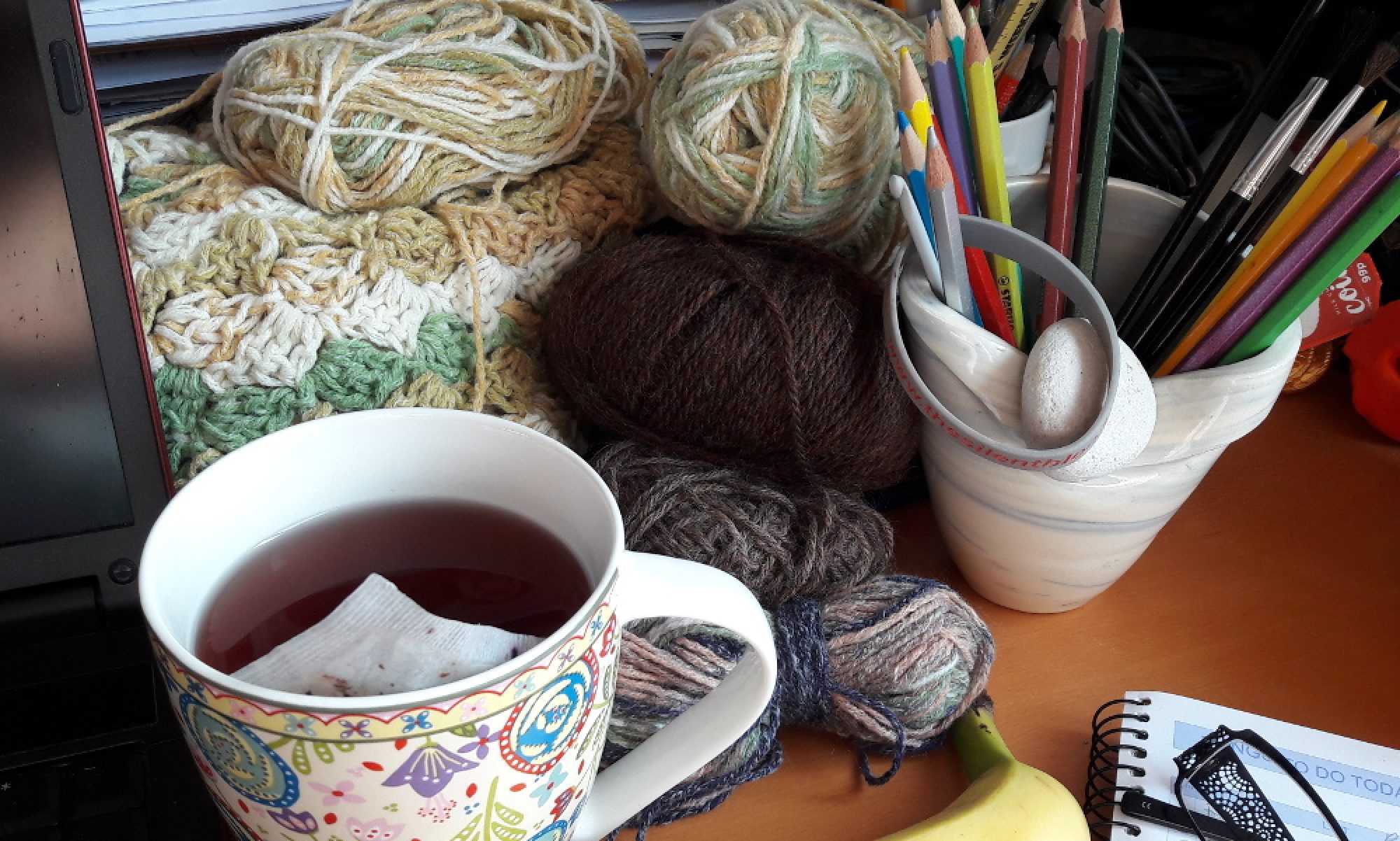Is there any better time than World Vegetarian Day to find a new, meat-free way to embrace the flavours of autumn? Check out my warm, easy-going family-pleaser: Comforting Bean Stew.
The season has now well and truly turned – it’s the time when my trusty cast-iron casserole comes out, along with the spice jars, rolling pin and my stockpile of hearty storecupboard ingredients. My sofa is piled high with cushions and throws, abandoned crochet projects get finished and I rediscover the pleasure of thick socks and my flowery DMs.
So, looking at a couple of abandoned cooking apples in the fruit bowl and cool rain running down the window one day last week, I thought it was a day for hot pot. With a whole day of writing ahead of me, and a full schedule of errands after the school run, the idea of something simmering on the stove all day felt like the best option.
The result was a warm, thick, beany stew which I served with a warm, fresh, crusty loaf (the breadmaker’s first outing of the season as well).
Comforting beany hot pot
Serves 4
1 tablespoon oil
1 onion, chopped
2 carrots, peeled and sliced
1 teaspoon each of ground turmeric, garam masala, corriander, cumin, paprika, ginger
1 cooking apple, peeled, cored and cut into chunks
1 mug of dried beans
1/2 mug pearl barley
300ml vegetable stock
Method
Put a large, lidded, heavy casserole pot on the stove to warm. Pop in the oil and let it warm too.
Meanwhile, rinse the beans and barley and rinse thoroughly. Place in a separate pan and cover with cold water, bring to the boil and simmer vigorously for 10 minutes.
Add the onion to the casserole pan and allow it to soften but not brown.
Add the carrots and apple, mix a little and then add the spices, along with a little salt and pepper to taste.
When warmed through, well coated and starting to cook, add the beans and barley, when they’ve finished bubbling.
Add the hot stock and mix well. Pop on the lid.
Leave for 8 hours (which will seem like eternity if like me, you work from home) but return now and again to check water levels. Bear in mind the barley and beans will thicken the stew as it cooks.
It’s ready when the beans are soft and the barley is plump.
Put the butter dish and bread in the middle of the table along with the casserole dish and call everyone for dinner. It’s also great with a little strong cheddar crumbled on the top – it melts in wonderfully.
*a note on beans*
I have jars of beans in my cupboard – red kidney, cannellini, flageolet, yellow split peas, green lentils – and a mix of these usually does the trick. You can choose to use as few or as many varieties as you like. Some supermarkets do a great line in mixed beans (the best is Waitrose’s ten-bean mix). Some people soak their beans overnight but I find this can ruin their texture. Simmering them for 8 hours or more should be more than enough to make them good to eat.
If you don’t have the time or you’d rather not buy dried beans, 2 tins of canned beans will do. Reduce the cooking time or the beans will reduce to goo. If you still use pearl barley (the comforting thickness it adds is well worth it), you’ll still need to cook the stew for a couple of hours.
Earthy smells and riotous colours – I love running in autumn. With darker mornings and evenings, there’s more reason to make sure I sharpen my schedule to make sure I keep moving. Check out my plus-size running posts if you need a little inspiration.























